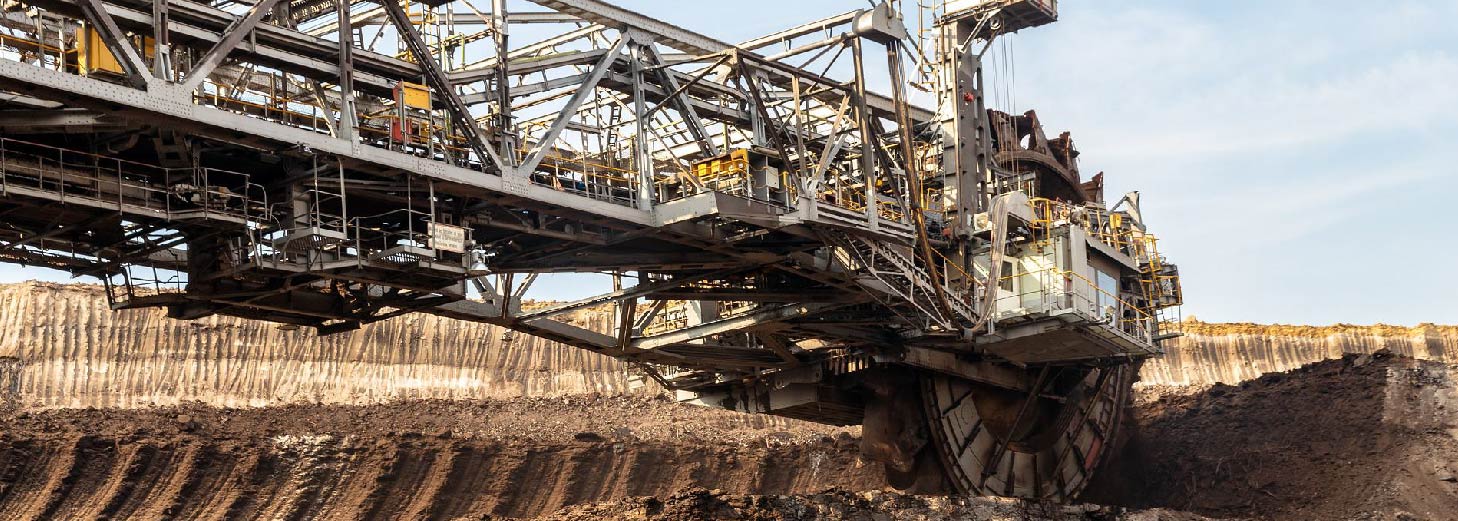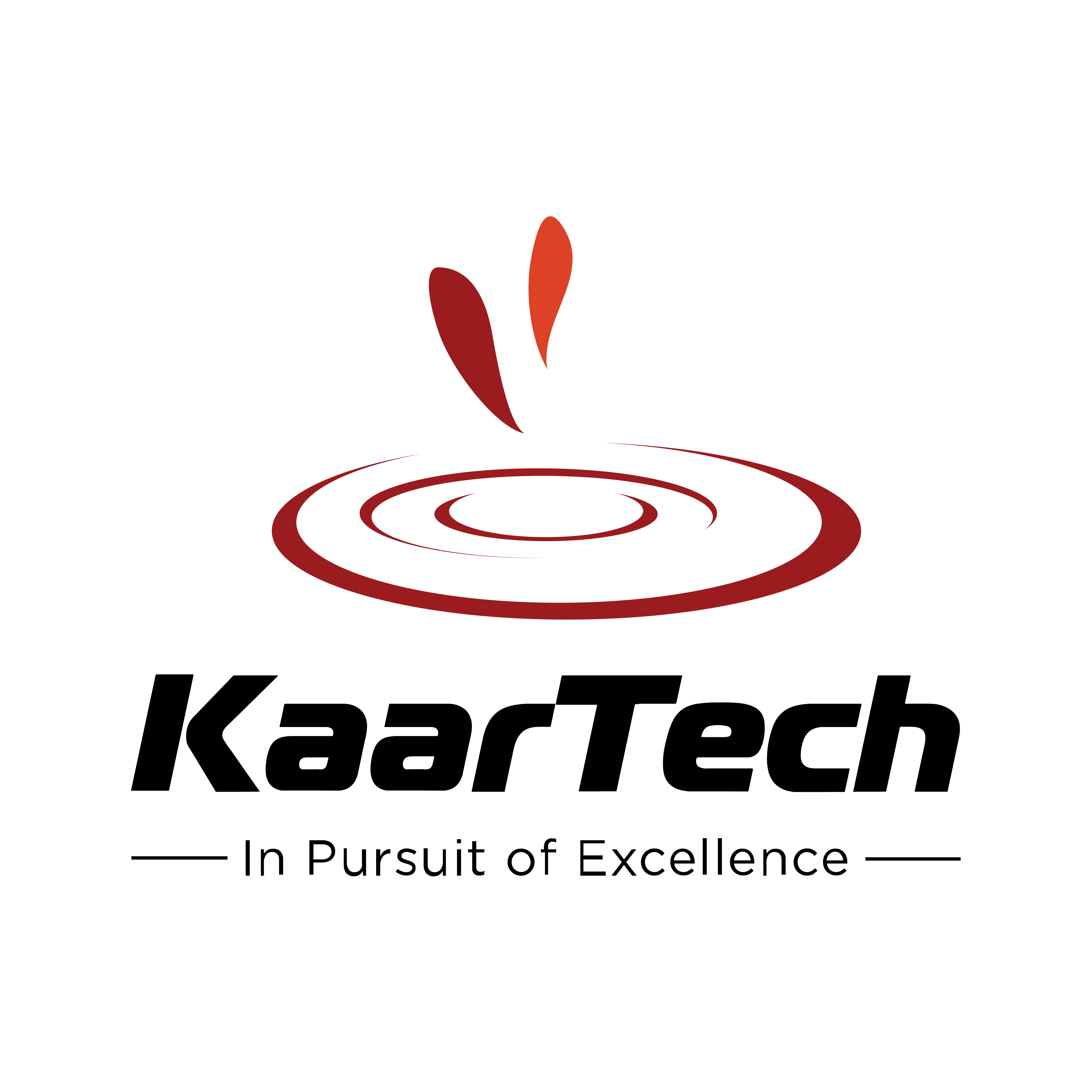RISE with SAP for Mining – Predictable, Agile & Productive

In today’s world, the mining industry must achieve multiple goals, such as increased production, improved efficiency, and cost containment, while also addressing sustainability concerns by aiming for global competitiveness. However, they are currently confronted with several negative global trends, such as falling commodity prices, a slowing global economy, and skilled labour shortages. Thus, they are focusing on four different strategic priorities to transform their organisation into an intelligent enterprise with skilled labour.
Strategic Priorities for Mining Industries
The importance and values of Digital Transformation have been recognised by mining industries. Thus, they are concentrating on four strategic priorities outlined below to transform their organization into an intelligent enterprise.
- Make the business more predictable, agile, and productive through Automation
- Collaborate with customers, suppliers, and workers
- Focus on customer needs
- Mine responsibly and sustainably
To achieve this, Intelligent technologies embedded in RISE with SAP framework act as a key-value contributor in enabling the mining industries to become intelligent enterprises. Adapting to this enables your organization to redesign the entire business models, processes, and products by driving enterprise digitalization through product development.
Make the business more predictable, agile, and productive through Automation
Mining companies operate in difficult environments where they must make unpredictable decisions and work tirelessly to keep large mines running without losses. Predictive analytics can help here by predicting asset failure before it happens. To elaborate, from vehicle tracking and data collection to crew deployments and scheduling, operational insights will enable agile planning and execution on the go rather than waiting for many days.
Let us consider a real-world scenario to better understand this example. Two persons namely Ria and Ryan are working for the same company and must undergo a planning session to predict future market conditions and help them run the factory smoothly.
In the first case, “Ria” must first create a “Mine Plan” and must send these reports to her teammates and export them to Microsoft Excel. And then she must update all changes in the mine plan in a separate mine planning system, where it must be replanned on a regular basis by herself. While doing this process, she faced a lot of issues in comparing different plans to actual ones in multiple spreadsheets on different systems. She also faced struggles with long planning cycles, limited visibility into actuals and manual data transfer into spreadsheets. Thus, as a result, due to a lack of timely and accurate data, there was a delay in planned operations.
In the second case, “Ryan” must first develop a “Mine Plan” before transferring it to the sales and operational teams for commercial planning and real-time planning to determine the best marker-driven scenarios. Instead of creating a separate spreadsheet to update the various plan changes, he automatically captures data from the fleet and drones and then compares it to the plans made. With the help of intelligent software with AI (Artificial Intelligence) and ML, he was able to detect deviations from the plan created and he resolved all those issues during his working hours. As a result, he was able to meet the targets set out in the plan, which was proven to be useful in running the mine factory as planned.
To summarise, “Ria” followed time and usage-based inspection and maintenance with unknown real-time failure and performance risks. All her operations were reactive, based on random events, rather than planned. Whereas “Ryan” was able to plan, monitor, score and predict asset health using machine learning algorithms with the help of SAP Predictive Maintenance and Service. In addition, rather than using spreadsheets, he analysed these data directly through embedded analytics in real time.
Now you may be asking, “How can RISE with SAP helps us?” Here are the primary business capabilities they offer to assist you in reaching your objectives:
- Real-time asset health monitoring.
- Helps in predicting outcomes or exceptions to make the right decision.
- Make operational data more actionable by combining machine learning and real-time data.
- Maintenance schedules are based on asset health status and failure prediction in real-time.
- Warehouse management solutions are embedded in a single system that supports end-to-end processes.
Top Value Drivers
The major value drivers in the mining industries post successful deployment of SAP S/4HANA are:
- The planning cycle has been accelerated.
- Better commercial results have been highlighted.
- Helps in faster decision making and agile reaction.
- Asset service and maintenance costs are reduced by 3%–10%.
- Reduction in unplanned downtime by 5%‒15%.
(Note: Data was taken from SAP’s statistics)
Conclusion
To summarise, SAP S/4HANA can improve your business values with hundreds of new features and seamless functionality. Many mining engineers have taken advantage of the benefits of process mining with key SAP processes such as order-to-cash, procure-to-pay, and record-to-report.
Own your tomorrow with a guided journey and outcome-driven practices of RISE with SAP. To know more about how SAP S/4HANA or about other solutions that can help enterprises in mining companies, do contact us!
